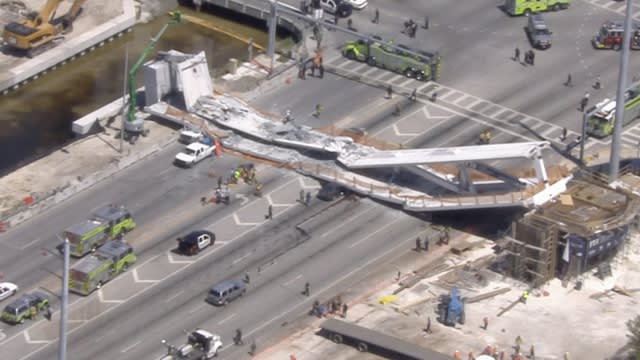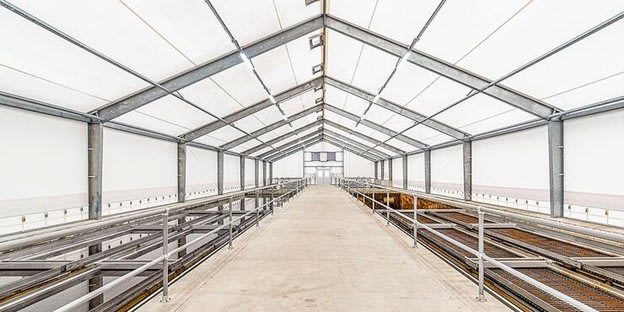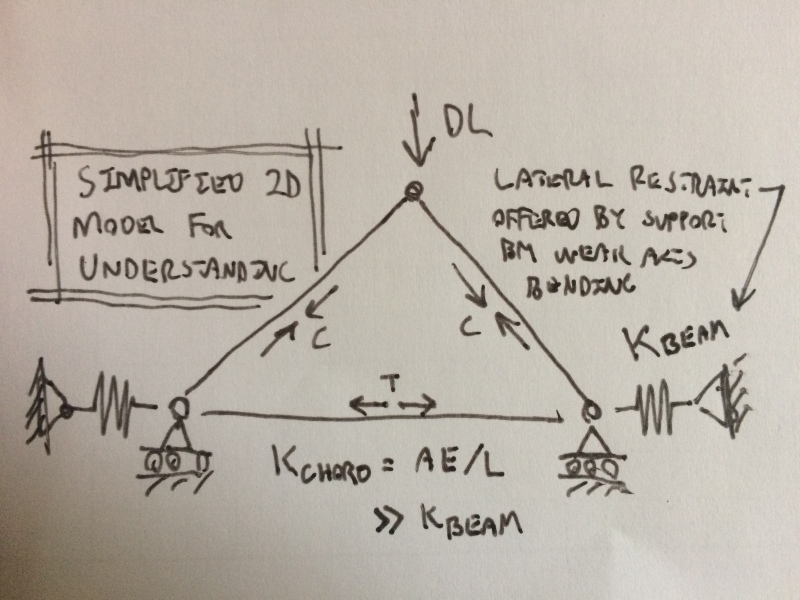Sparkes1992
Structural
- Nov 3, 2016
- 29
Hi Guys,
I've been modelling a simple truss in the program spacegass with a dead and live loading on the top chord. I seem to be getting large horizontal reaction forces. Shouldn't the bottom chord of the truss be acting in tension hence stopping the top chord from opening up? How do i ensure that the perimeter beam that the trusses are sitting on recieve no lateral force? Any help would be much appreciated.
Jack
I've been modelling a simple truss in the program spacegass with a dead and live loading on the top chord. I seem to be getting large horizontal reaction forces. Shouldn't the bottom chord of the truss be acting in tension hence stopping the top chord from opening up? How do i ensure that the perimeter beam that the trusses are sitting on recieve no lateral force? Any help would be much appreciated.
Jack





